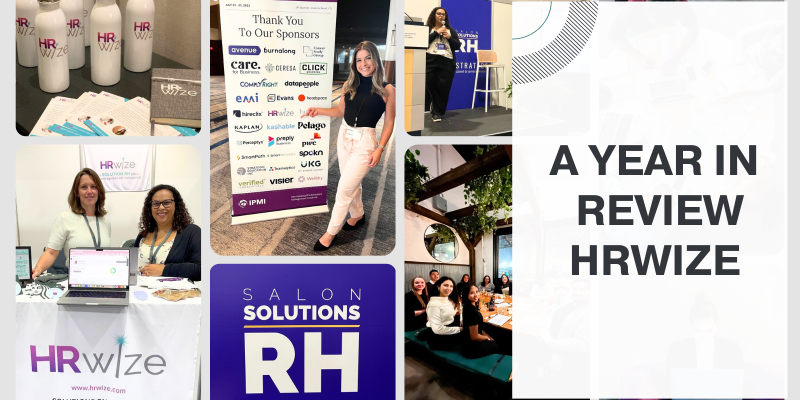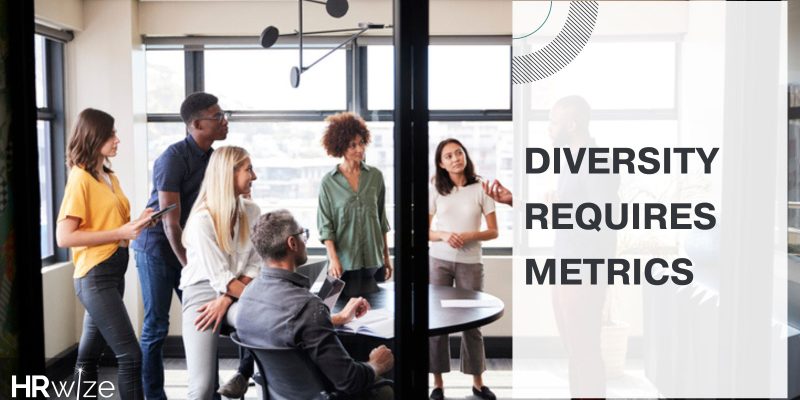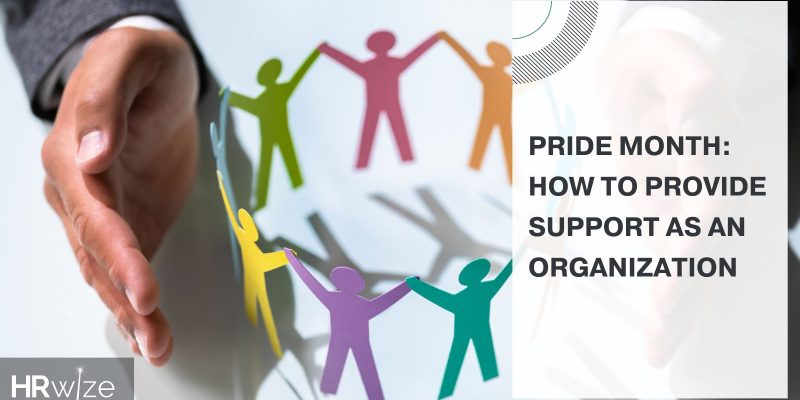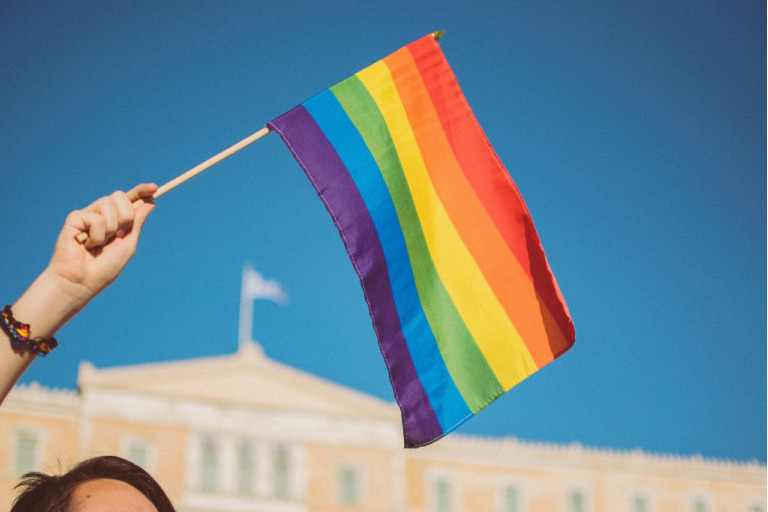Pride month: how to provide support as an organization
It’s Pride month – what are you doing as an organization?
June is Pride month in Canada, and an excellent opportunity to learn about the history of Pride, to celebrate the LGBT2Q+ community and look forward to how we can better support our employees. Pride may have its own month, but it is our responsibility as HR leaders, managers, and coworkers to keep that learning, celebration, and support throughout the year.
Queer history
Did you know that in Canada, homosexuality was only decriminalized in 1969? It was only removed from the DSM (Diagnostic and Statistics Manual of Mental Disorders) as a “disorder” in 1973. It took until 1995 for sexual orientation to be included in the Canadian Charter of Rights and Freedoms. Same-sex couples did not have the right to marry until 2003! We’ve only had 4 members of Parliament identify as LGBT2Q+, two of whom didn’t come out until after they were elected.
Understanding the historical context of the LGBT2Q+ community, and their struggles and triumphs allow for perspective. In a perfect world, we hope that our differences can be embraced without consequence. We aren’t there yet, and we certainly haven’t been there historically. Acknowledging the work that the LGBT2Q+ communities have put in to bring us to where we are now, which is at least in part more accepting, is an important part of supporting these communities now.
An Inclusive culture
A study that came out of UCLA reported that 50% of LGBT employees are not out to their current supervisors. Despite the fact that research consistently proves that being out reduces anxiety and depression and people report higher self-esteem. The same mental health benefit is unfortunately not true when someone comes out in a judgemental environment with no support.
This is an excellent argument for why representation matters. A study by McKinsey reported that stress increases when a person experiences being the only person on their team with their sexual orientation.
Representation is a win-win-win. Supporting your LGBT2Q+ employees allow them to be their true selves at work, makes them happier, and sets the stage to encourage other employees who may be closeted to feel more comfortable and happier too.
We like employee happiness for multiple reasons:
1. Who doesn’t like seeing people happy!?
2. Happy employees increase retention
3. It’s healthy! It allows for healthy employees and a healthy organizational culture.
How can we celebrate year-long?
In order to show that as an organization you do celebrate the LGBT2Q+ community, it’s important to incorporate their contributions into your culture and keep the conversation that may start during Pride month strong all months of the year.
Stats Canada reported that in Canada, 44% of LGBT2Q+ employees had experienced inappropriate behaviours at work- twice as likely as their straight colleagues.
We need to ensure that we are breeding a judgement-free and supportive environment to eliminate these experiences for all our colleagues, and especially those who are LGBTQ2+.
Diversity and inclusivity training is an excellent start, but we need to go further. Consider a more continuous learning strategy to allow employees to stay aware and knowledgeable about the changing (and progressing) society we live in. Incorporate queer authors in your learning material, LGBTQ2+ public and motivational speakers in the inspirational quotes you share internally. Encourage your employees to share with you what they would appreciate in terms of support. Listen, and be willing to learn, adapt and grow.
This Pride month let’s make the commitment to keep the LGBTQ2+ community in the conversation, to go beyond 30 days of celebration and foster a culture of learning and growth. Remember that employee happiness benefits us all. Let’s do what we can to identify where we can set the stage to allow for that happiness.
Learn more about Queer History in Canada. LGBTQ2+ stands for Lesbian, Gay, Bisexual, Transgender, Queer, Two-Spirits. The inclusion of the + sign is there to represent all other identities not listed (Non-binary, pansexual, asexual, intersex).
 A Year in ReviewBy Briana Della Foresta
A Year in ReviewBy Briana Della Foresta Choosing the Right HRIS: A Comprehensive GuideBy Briana Della Foresta
Choosing the Right HRIS: A Comprehensive GuideBy Briana Della Foresta The Impact of Vacation Time on Employee Creativity and InnovationBy Briana Della Foresta
The Impact of Vacation Time on Employee Creativity and InnovationBy Briana Della Foresta The Importance of Employee Vacations for Work-Life Balance By Briana Della Foresta
The Importance of Employee Vacations for Work-Life Balance By Briana Della Foresta Creating a Vacation-Friendly Company CultureBy Briana Della Foresta
Creating a Vacation-Friendly Company CultureBy Briana Della Foresta Strategies for Coping with Working Mom GuiltBy Briana Della Foresta
Strategies for Coping with Working Mom GuiltBy Briana Della Foresta The Importance of Respecting Holy DaysBy Briana Della Foresta
The Importance of Respecting Holy DaysBy Briana Della Foresta What HR Should Know About Candidate Experience?By Briana Della Foresta
What HR Should Know About Candidate Experience?By Briana Della Foresta Do What You Love or Love What You Do?By HRWize
Do What You Love or Love What You Do?By HRWize Diversity Requires MetricsBy Briana Della Foresta
Diversity Requires MetricsBy Briana Della Foresta



